Cyber attacks are getting bigger and smarter. Are you vulnerable?
Have you ever tried to buy tickets for a huge event and found that the seller’s website has collapsed ...

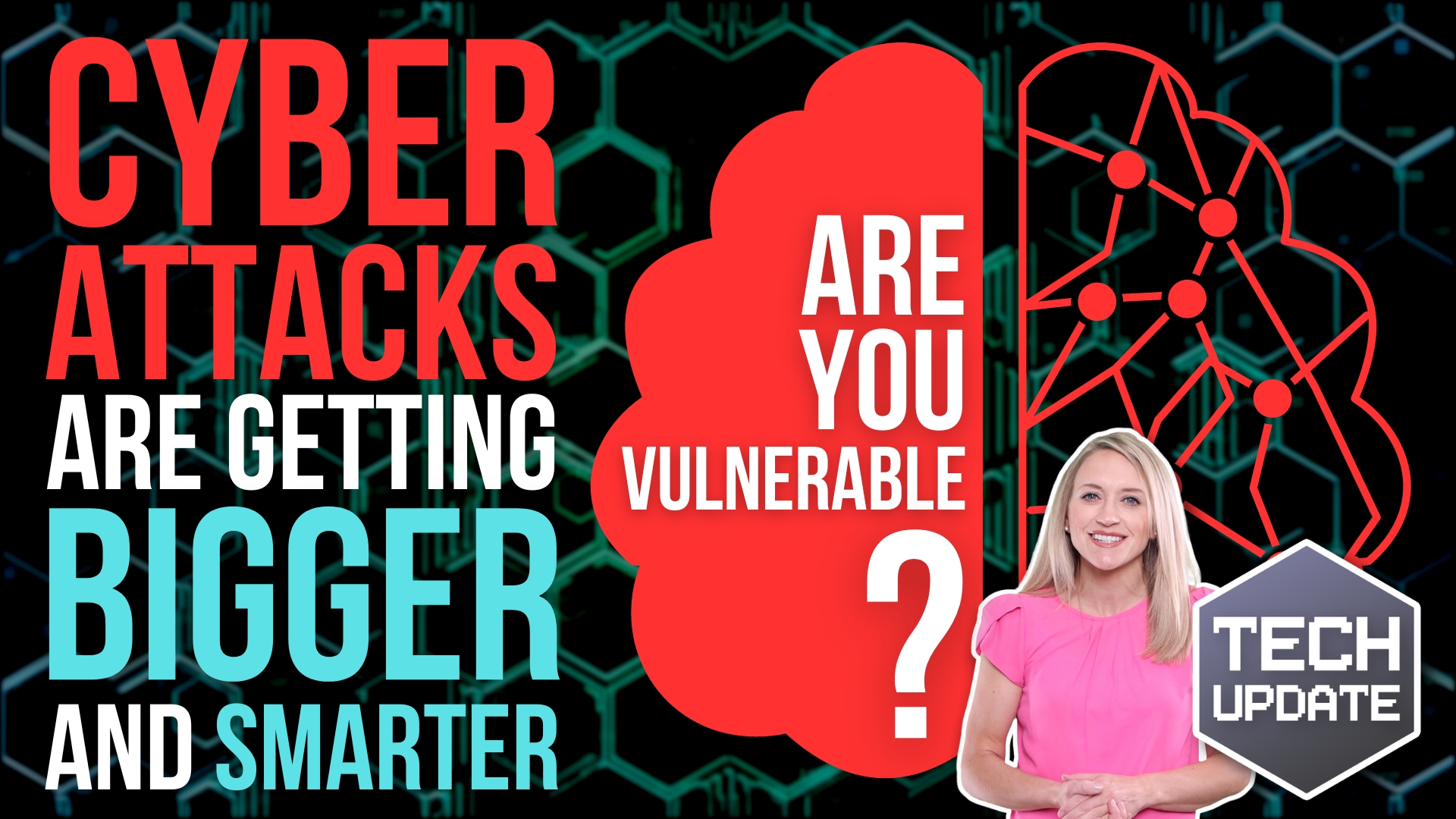
Have you ever tried to buy tickets for a huge event and found that the seller’s website has collapsed ...
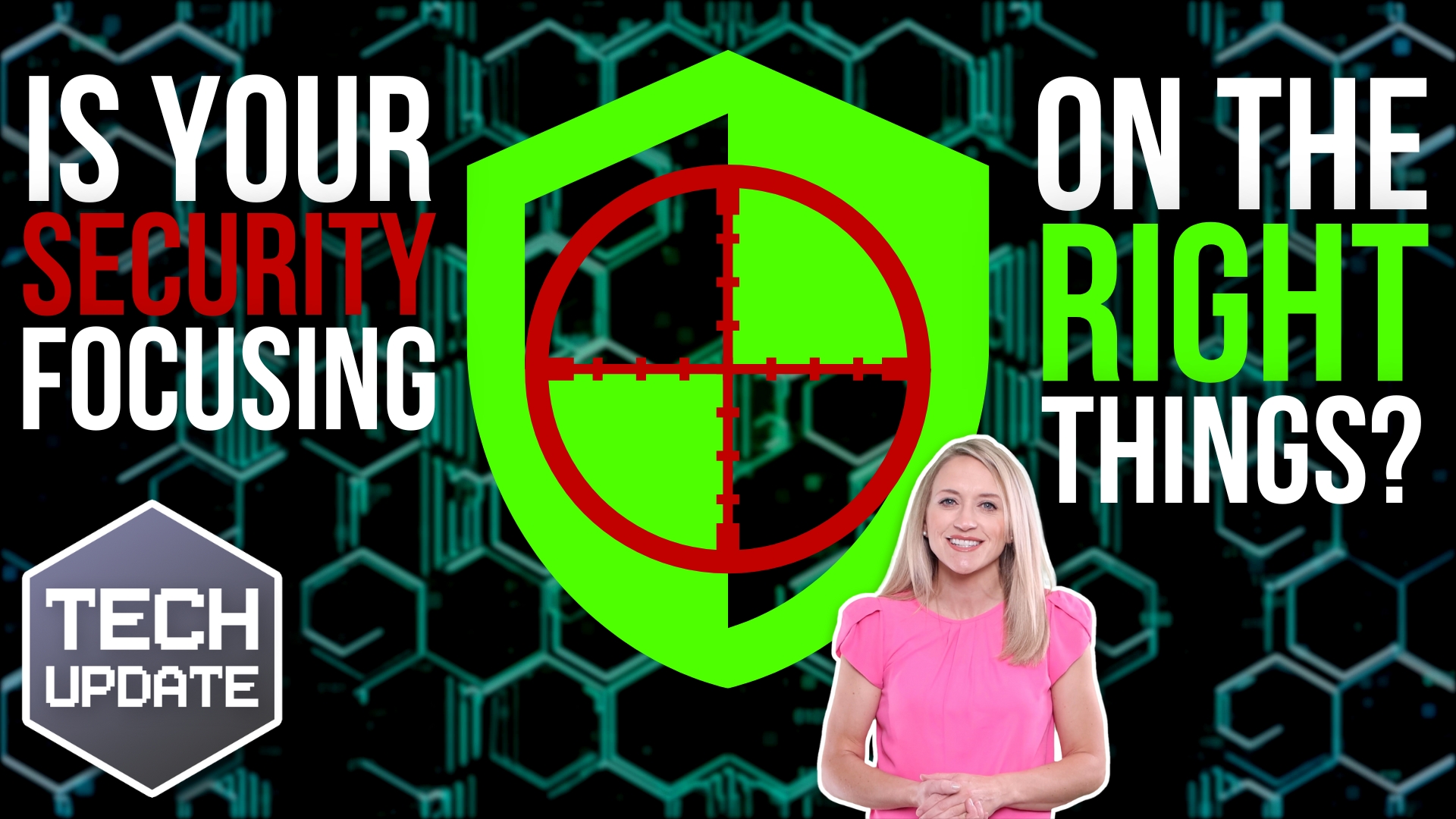
To protect your home from an intruder you make sure your doors and windows are all locked and secured. ...
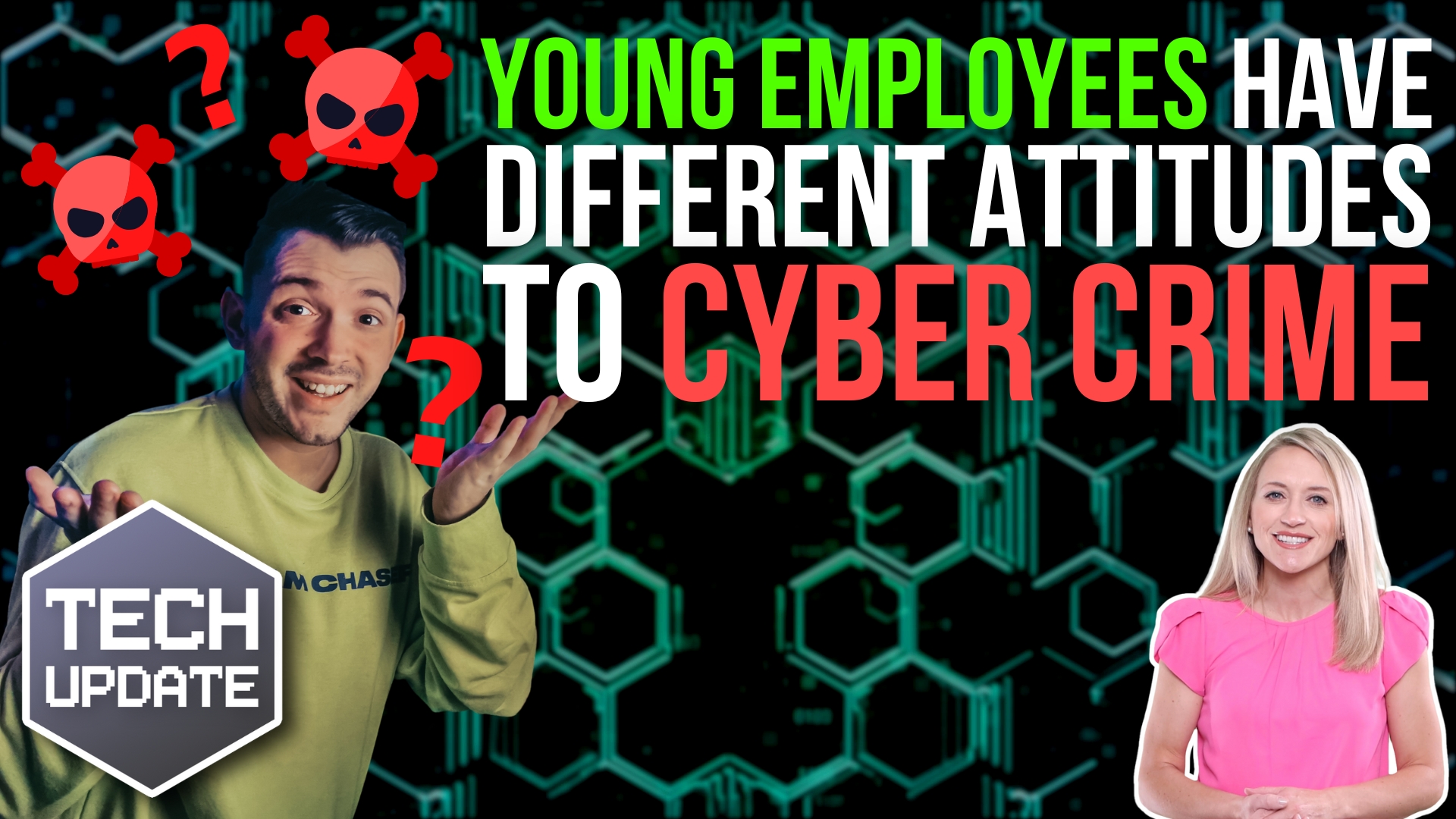
If you employ anyone aged between 16 and 19, you need to pay special attention to the cyber security ...

Another day, another scam. And this is a sneaky one.Cyber criminals are getting smarter. This recent malware threat is ...

Countless employers still don’t trust their people to do their best work unless they’re physically in the office. But ...

With its huge dominance in the workplace, Microsoft’s Windows has become the prime target for cyber criminals. They’re looking ...
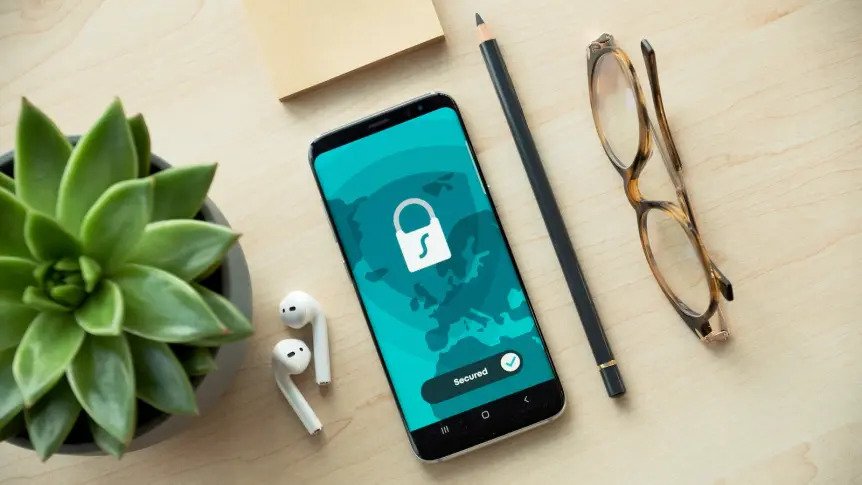
Passkeys are set to take over from traditional passwords to give us a safer, more secure way of logging ...

Almost half of people with social media accounts have admitted to falling for shopping scams. So if members of ...
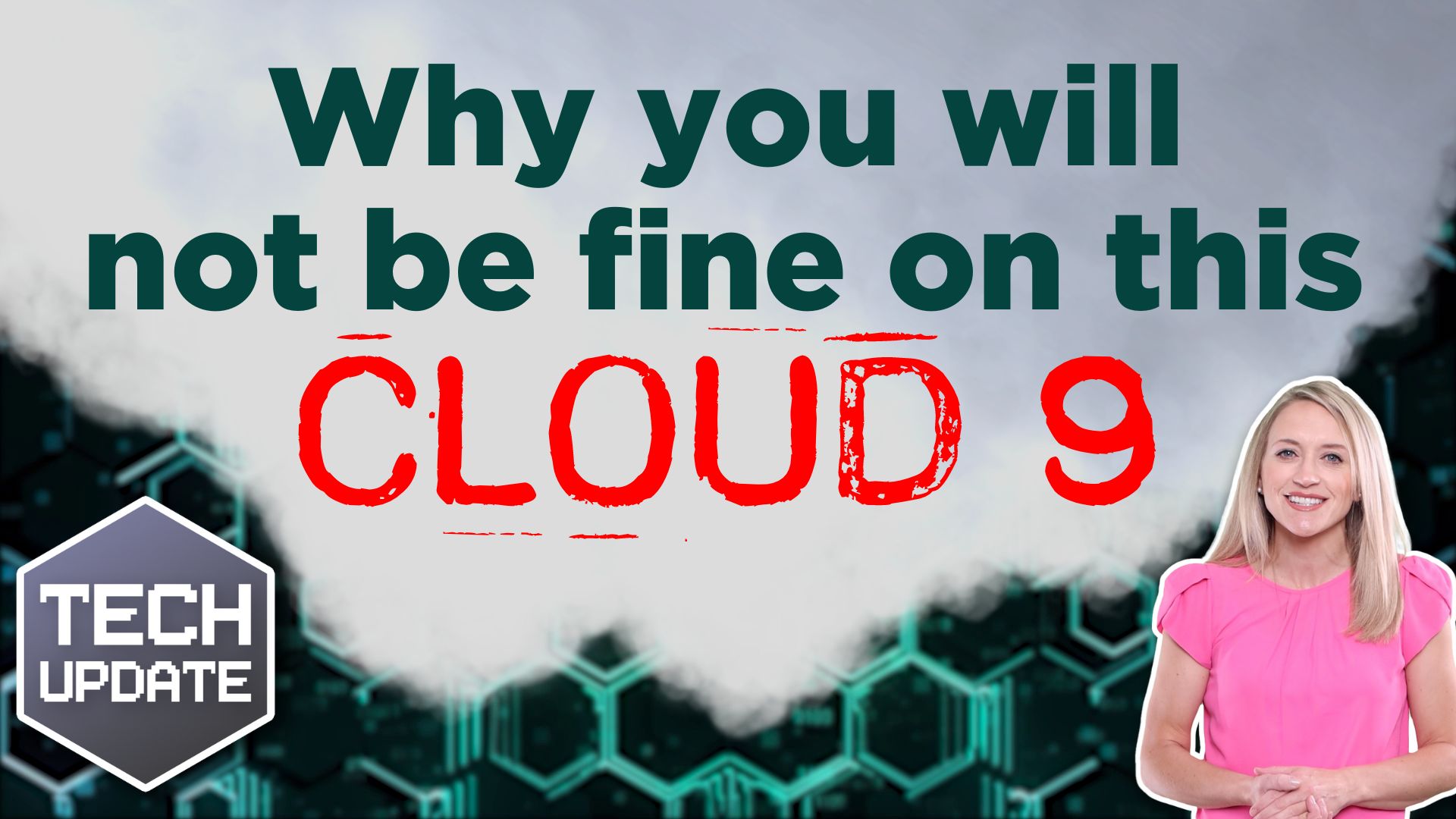
We go to a lot of effort working to protect our clients from online security threats. These could come ...
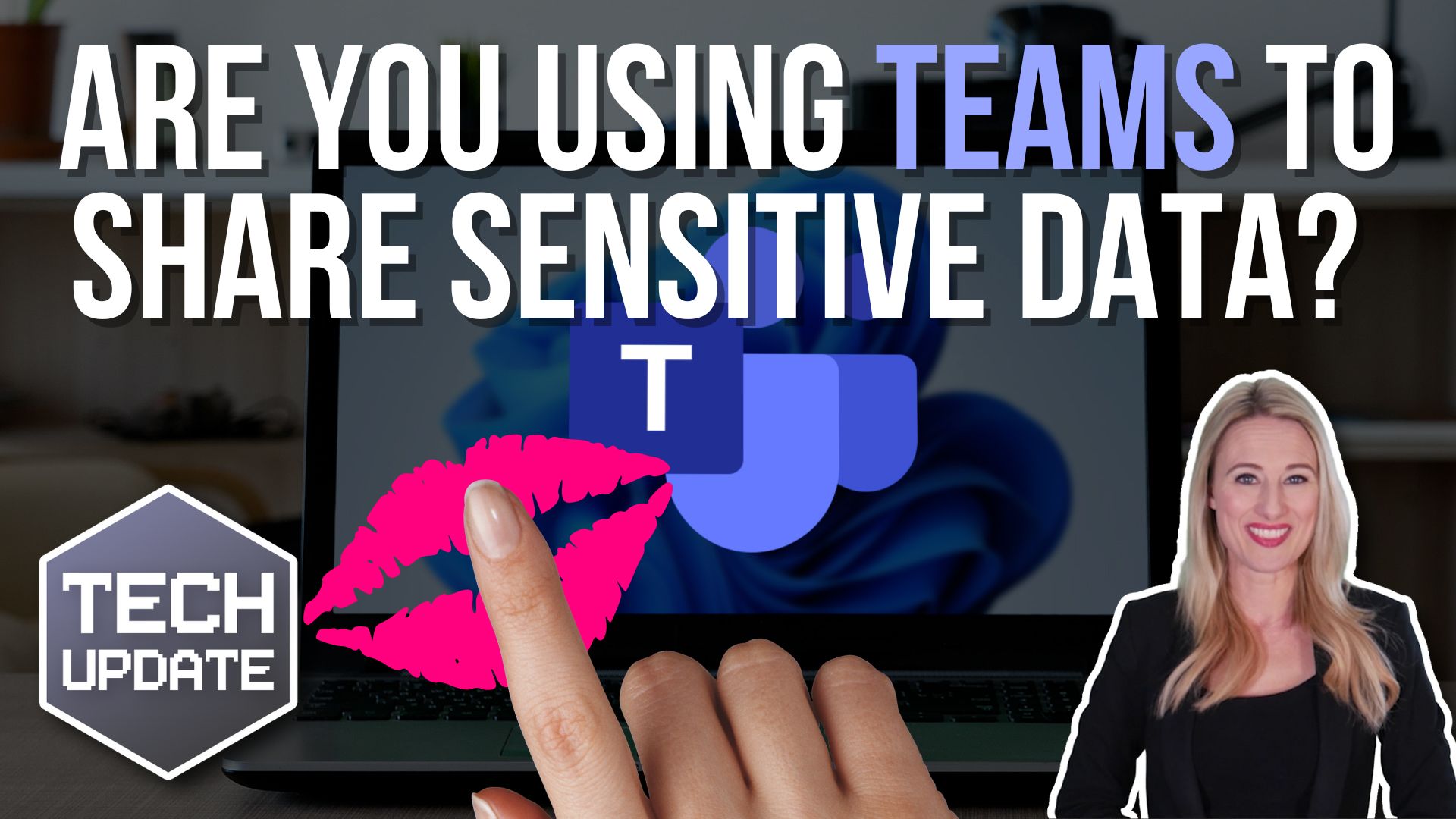
Microsoft Teams has fast become one of THE most useful business tools for the way we work today.No matter ...